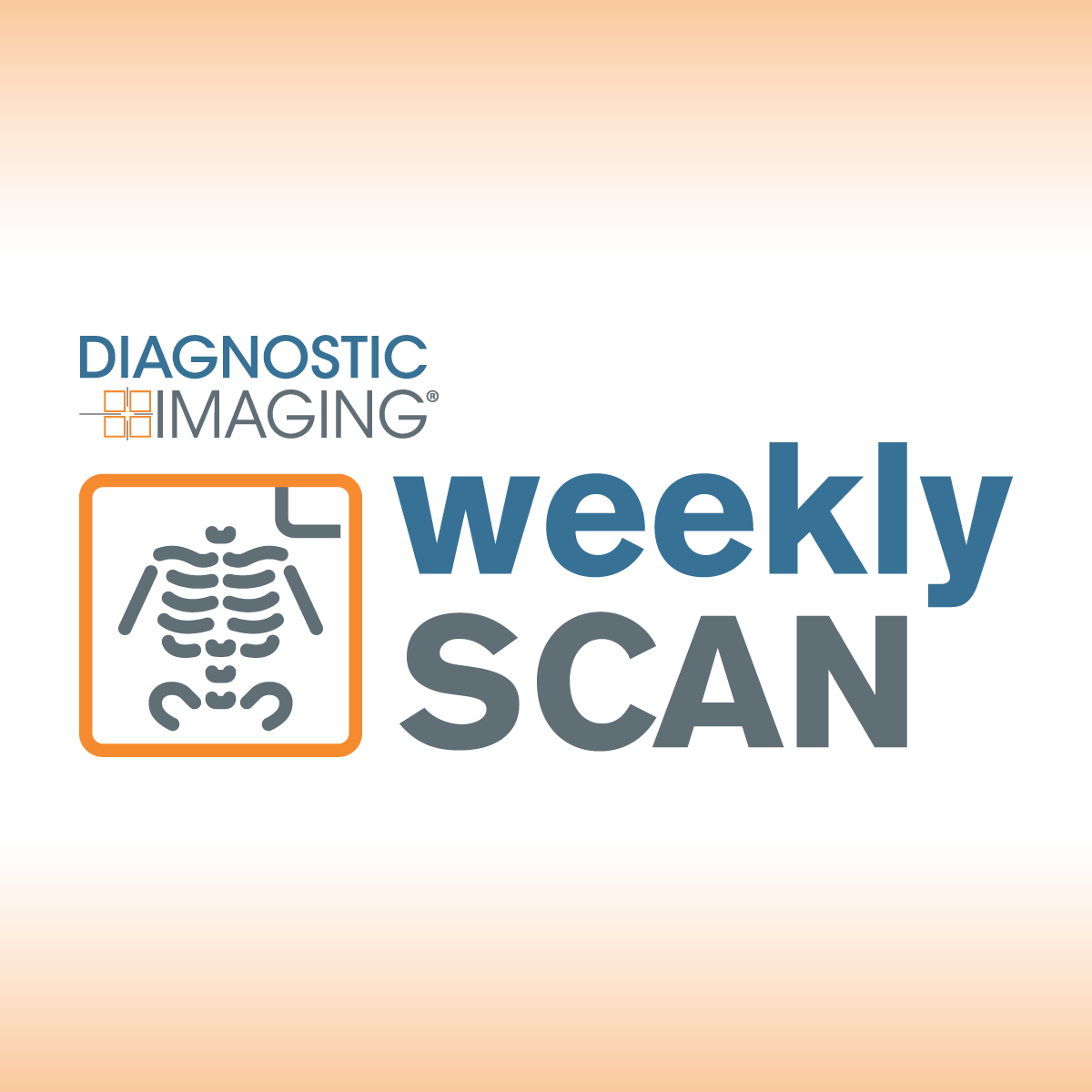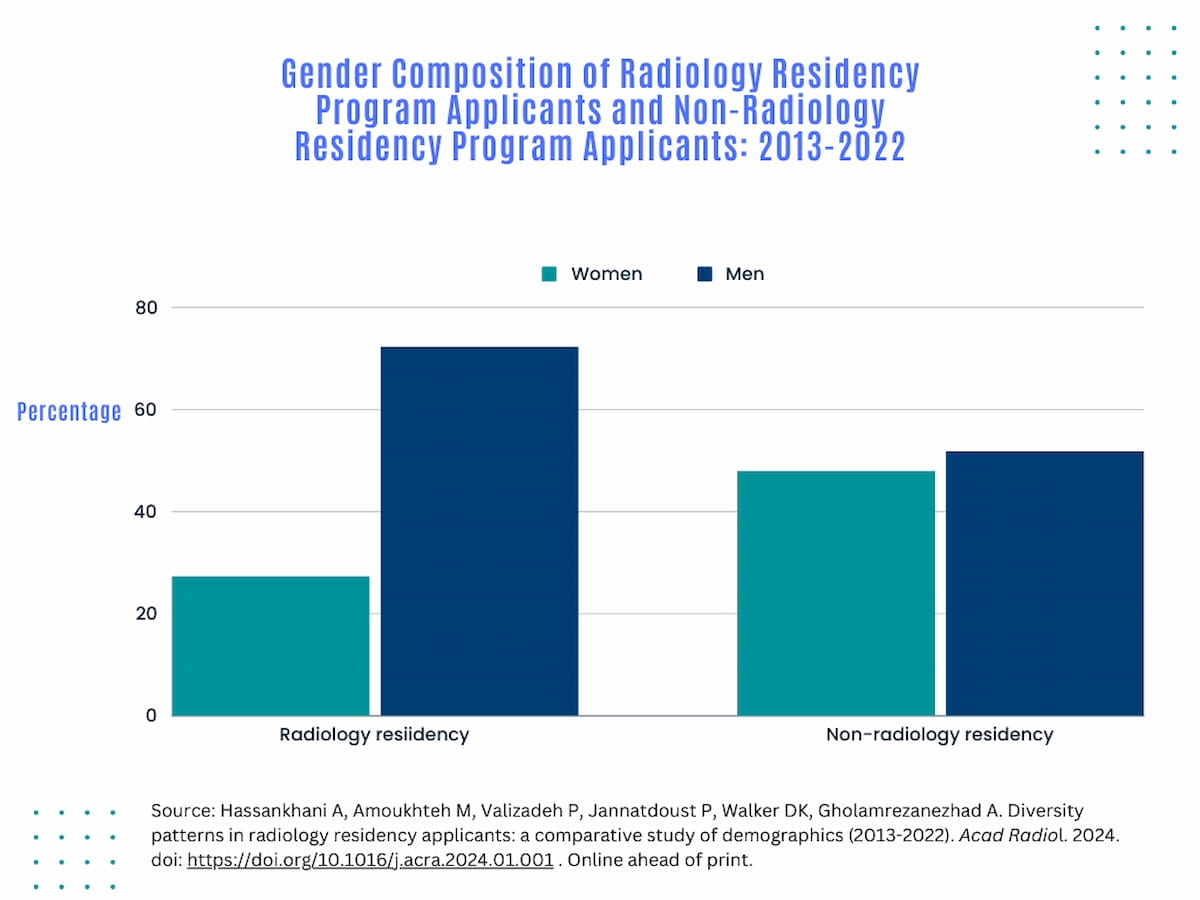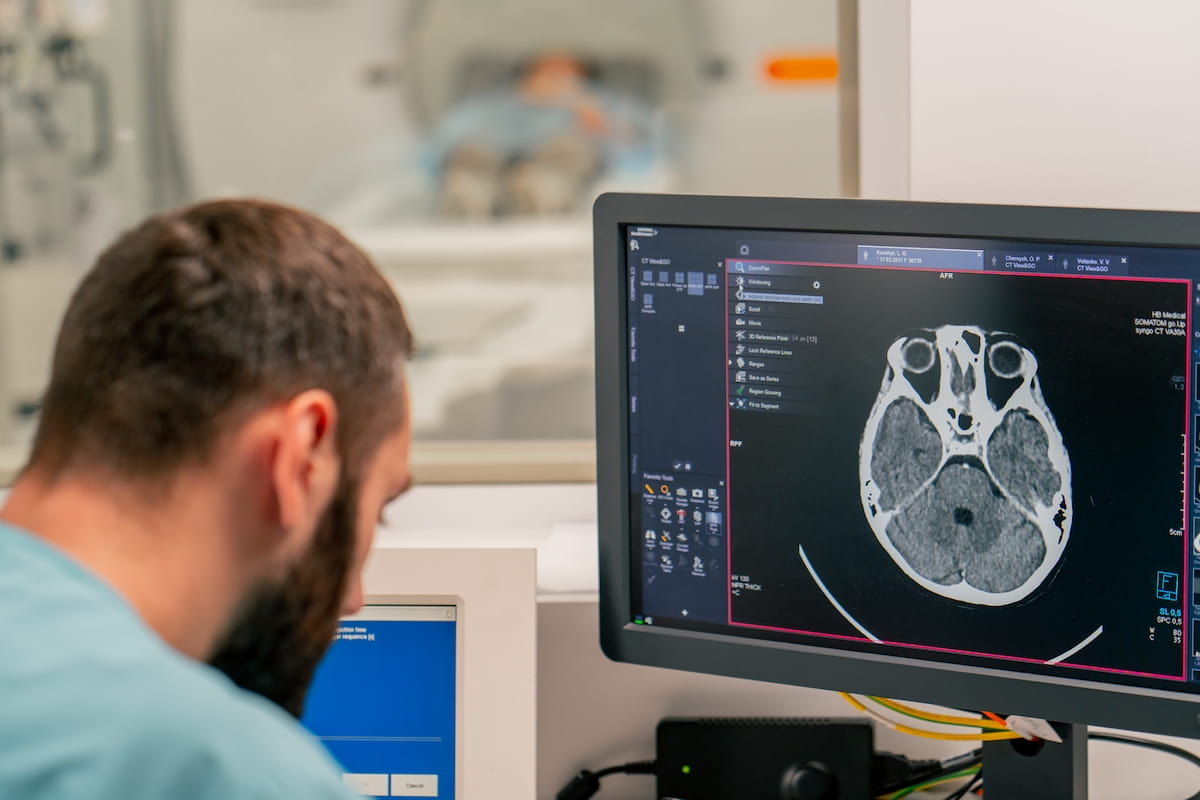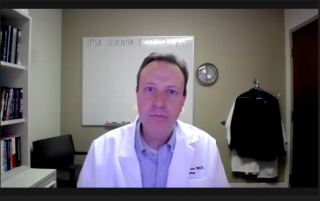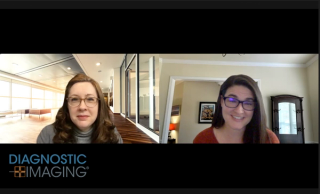
Facility Management
Latest News

Latest Videos

More News
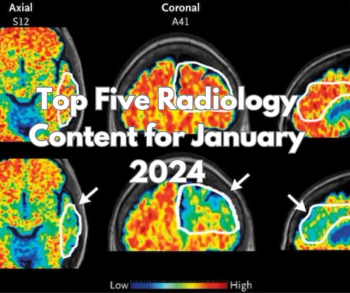
Catch up on the most-well viewed radiology content in January 2024.

Is it time to rethink the burden of applicant fees, credentialing costs and medical staff dues?

Catch up on the top radiology content of the past week.
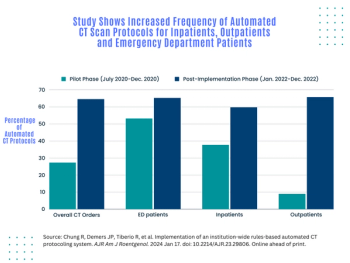
In a nearly two-year study of over 300,000 CT exams, researchers noted a 56.8 percent increase in the frequency of automated CT protocols for outpatient CT examinations.

In a recently issued statement from multiple radiology societies including the RSNA and ACR, researchers offer practical advice for evaluating artificial intelligence (AI) tools, implementing AI into current workflows and monitoring of the technology to help ensure optimal benefit and effectiveness.
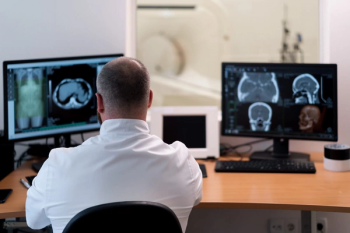
A singular database of current rules, guidelines and best practices in radiology would be a welcome advance to ensure ease of access, consistency, and proactive prevention of frivolous malpractice cases.
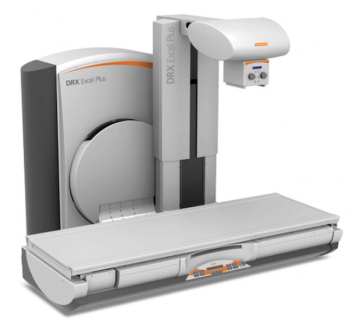
In addition to high-quality X-ray and fluoroscopic images, the DRX-Excel Plus X-ray System provides automated filter selection, grid parking and positioning of table axes.
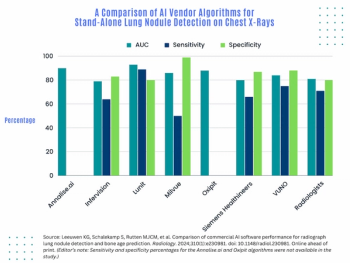
In part of an ongoing multicenter study evaluating commercial artificial intelligence (AI) products in radiology, AI lung nodule detection software from four out of seven vendors demonstrated stand-alone AUCs ranging from 5 to 12 percent higher than the mean AUC of 17 reviewing radiologists.

A comfortable environment for reading CTs, MRIs and X-rays may be conducive to less interruptions and longer intervals at radiology workstations.
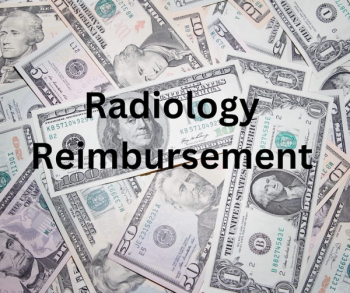
Given the ongoing challenges with receiving appropriate reimbursement in radiology, these authors discuss key principles in the coding and billing process, common challenges and three priorities for bolstering reimbursement revenue in the profession.
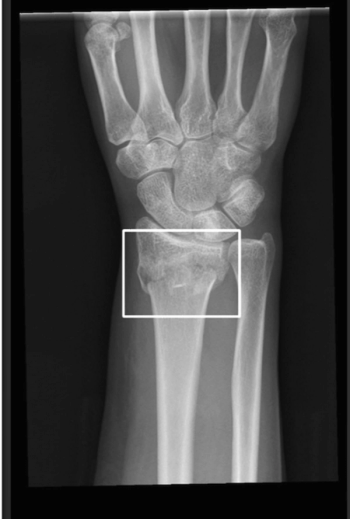
In addition to offering a 98.5 percent sensitivity rate in diagnosing fractures on X-ray, an emerging artificial intelligence (AI) software reportedly helped reduce mean turnaround time on X-ray fracture diagnosis from 48 hours to 8.3 hours, according to new research presented at the Radiological Society of North America (RSNA) conference.

Emerging research suggests that adjunctive artificial intelligence (AI) improves sensitivity for a variety of abnormalities on chest X-rays regardless of radiologist experience level, including an average 26 percent increase in sensitivity for pneumothorax.
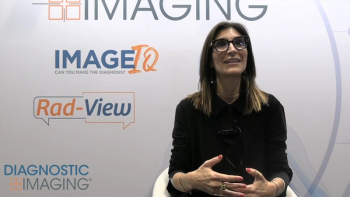
Dr. Kottler sat down with Diagnostic Imaging at RSNA 2023 to discuss AI imaging milestones and the potential impact of AI on workflows in radiology.

Excess verbiage, at the behest of non-clinical interlopers, continues to pervade radiology reports.

In a recent interview about President Biden’s recent executive order on artificial intelligence (AI), Morris Panner, the president of Intelerad Medical Systems, shared his concerns that the executive order, while well-intentioned, may wind up stifling innovation and the continued evolution of AI in radiology.
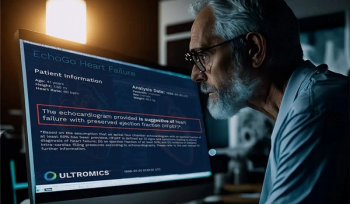
Reimbursement for use of the artificial intelligence (AI)-powered EchoGo Heart Failure platform in hospital outpatient settings for Medicare and Medicaid patients is expected to increase from $99.81 to $284.88 in 2024.

The ability to consider and comment on prior imaging in the radiology report may help reduce extraneous addenda requests.

Catch up on the top radiology content of the past week.
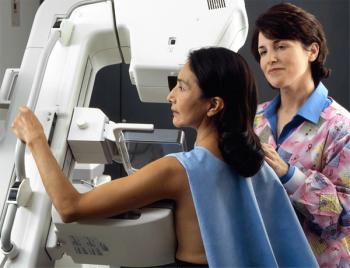
Incorporating text messaging into your mammography screening program may facilitate improved mammography screening rates in your patient population as well as enhanced practice management efficiencies.

The executive order seeks to promote continued innovation and growth with artificial intelligence (AI) while ensuring monitoring of AI models for safety, privacy, and equity.
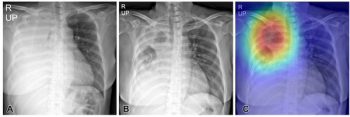
An emerging deep learning algorithm can reportedly triage 40 percent of no-change X-rays while providing 88 to 90 percent accuracy for detecting changes with X-rays obtained in the emergency department and intensive care unit at a tertiary referral hospital, according to recently published research.

Catch up on the top radiology content of the past week.
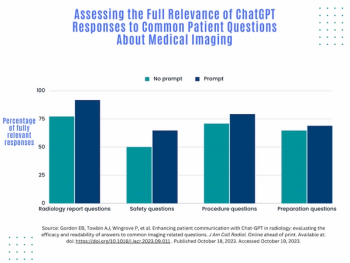
While ChatGPT has the potential to help streamline responses to imaging-related questions from patients, the authors of a new study found that a third of ChatGPT responses to unprompted questions on medical imaging were not “fully relevant.”

The success of compliance initiatives is often preceded by an easily understood rationale and simply stated benefits.
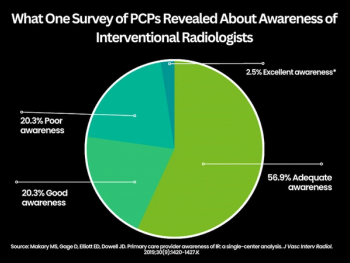
While interventional radiologists can have an impact in a number of clinical areas by offering minimally invasive options for patients, there remains a prevailing lack of awareness about the speciality among referring physicians and patients. Accordingly, these authors delve into the issue and discuss an array of options for elevating awareness of interventional radiology.


